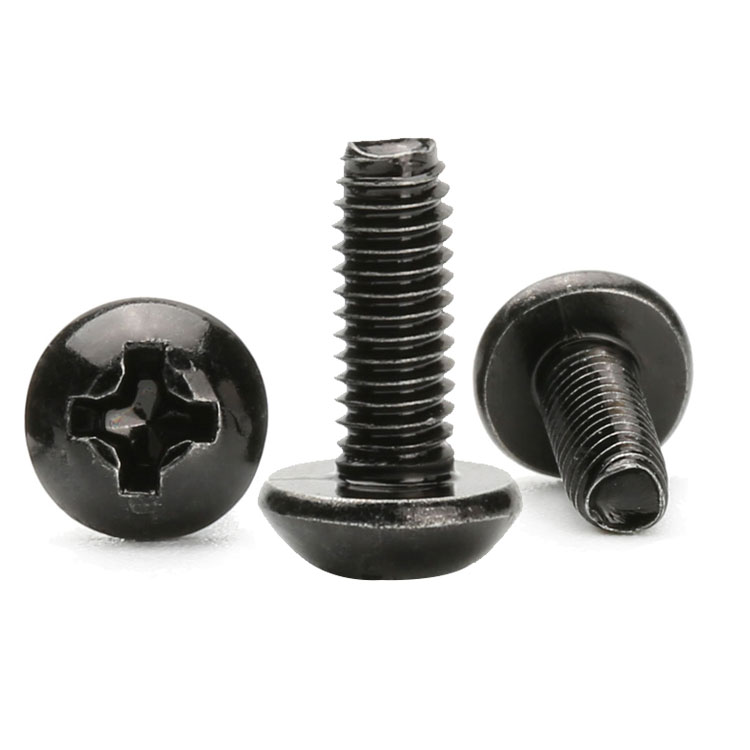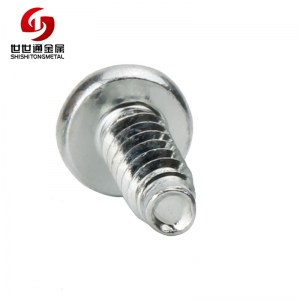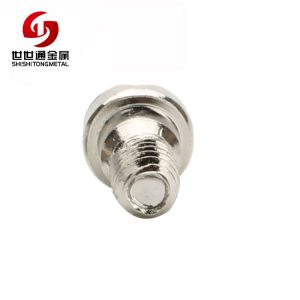
Tel:
+86 13143444311
Email:sst@szsst88.com
Fax:+0086-755-27322278
Address:Building 9, First Industrial Zone, Tantou Industrial City, Songgang Street, Baoan District, Shenzhen 518105, Guangdong, China
The thickness of the surface of the thread forming screws for plastic is increased after plating, so we need to strictly control the size of the product not to exceed the customer’s tolerance. So how do you measure the average thickness of the screw coating?

Remove the grease from the thread forming screws for plastic sample in an organic solvent, take out the sample, dry it, and weigh it with a scale of 1/10000. Then, immerse all the sample in the deplating solution and turn it over to make the sample all The surface energy is in free contact with the solution. After the boiling has stopped, remove the parts and rinse immediately with running water and wipe off any loose covering with a soft cloth. Immerse in acetone, remove, dry thoroughly, and reweigh.

The oil stains of the thread forming screws for plastic were removed in an organic solvent, the samples were taken out, and the samples were fully dried and weighed with a scale of 1/10000.
If the batch of screw fasteners has been chrome-plated, it is immersed in a deplating solution (锑3 oxide: 120 g/L, hydrochloric acid (ρ>1.16 g/mL) is added to 1 L (1000)) and stirred. The dissolution time of chromium takes more than 2 minutes. After that, there should be no obvious gas. Remove parts without delay and rinse immediately in water. Before deplating nickel, use the following method 1 or method 2.
Method 1: Nickel covering the steel substrate
Use deionization solution (sodium p-nitrobenzenesulfonate 65g, sodium hydroxide 10g, sodium cyanide 100g, water to 1L (1000)), heat between 75 °C -85 °C, about 30min; flip parts, wait The boiling termination, indicating that the nickel plating has been completely deplated by 7.5 μm. If there is a copper plating thickness of not more than 0.5 μm under the nickel plating layer, it will also be completely deplated.

Method 2: Covering nickel on a copper or copper alloy substrate
Use deplating solution (phosphoric acid ρ = 1.75 g / mL), heat between 80 ° C -90 ° C, about 10 min; flip the parts, to be terminated by boiling, indicating that the nickel plating has been completely deplated 2.5 μm. Usually, the parts are hung in the deplating solution with fine copper wire.
The nickel coating is completely dissolved and the parts are removed, rinsed with water, cleaned with acetone, wiped clean, thoroughly dried and reweighed.
If you want to customized thread forming screws for plastic,
please send an email: annie.li@szsst88.com
12 月-22-2018
kalyn

 +86 13143444311
+86 13143444311 sst@szsst88.com
sst@szsst88.com